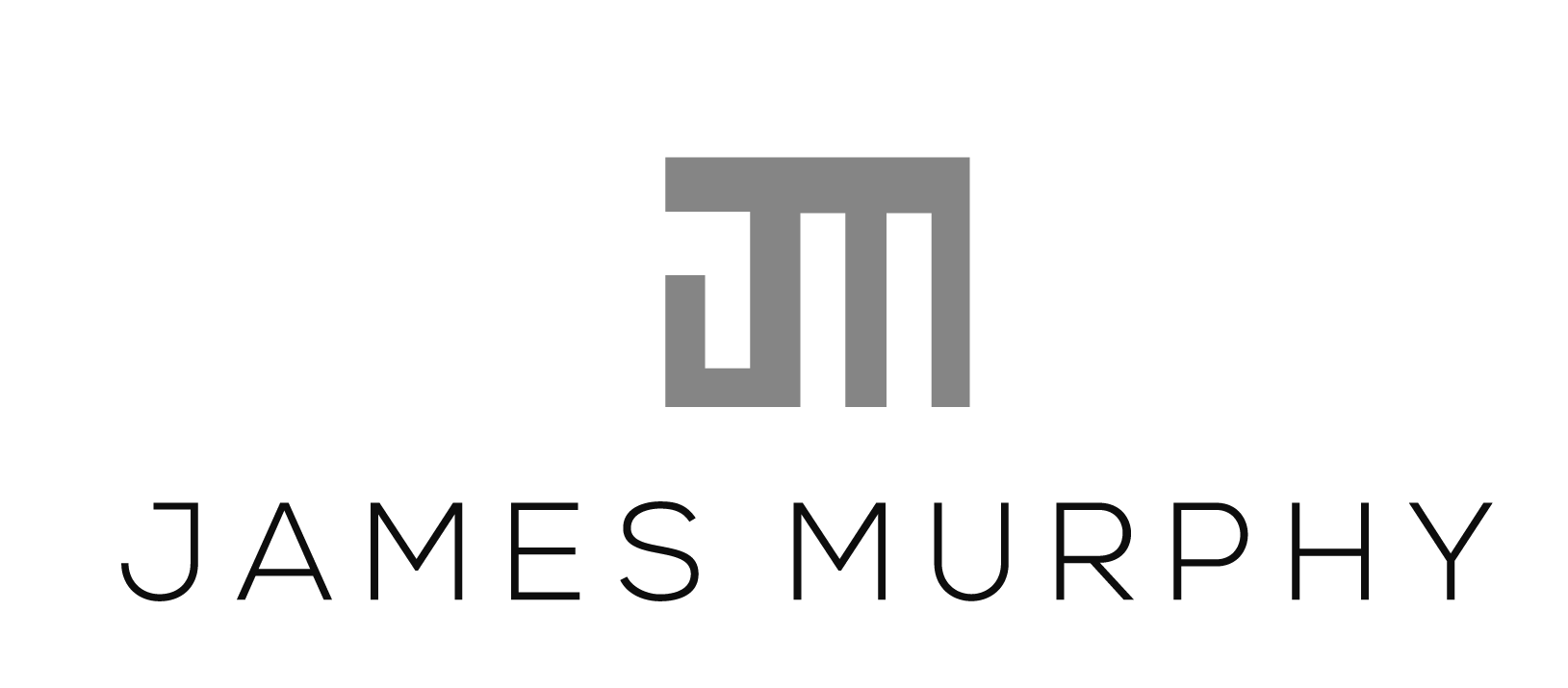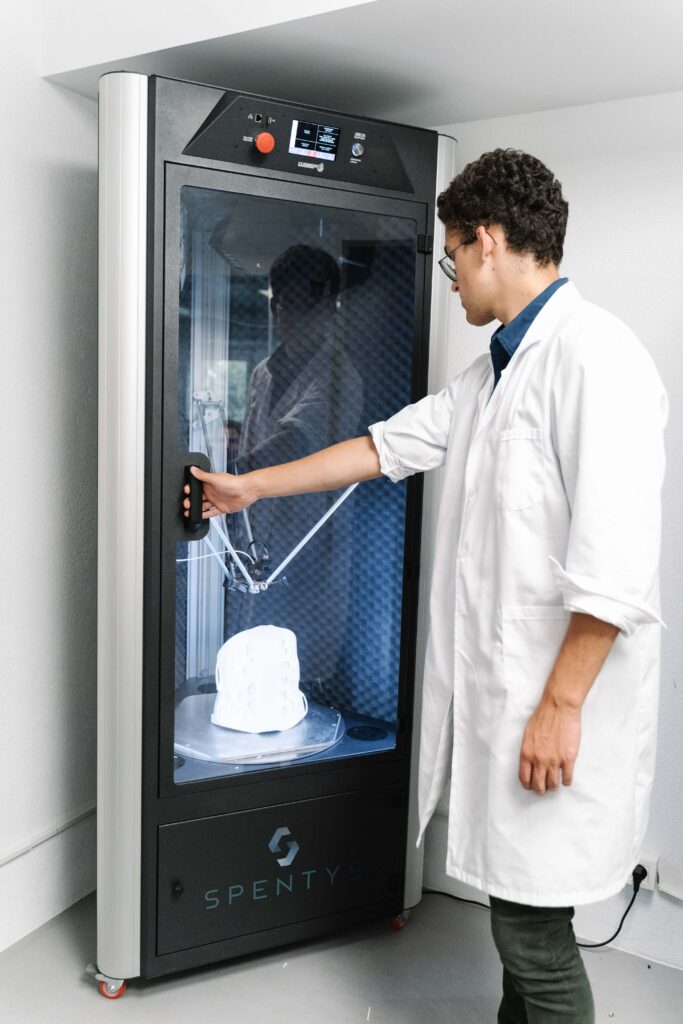Learn about different 3D printing types and how to prepare designs. Discover ways to choose a provider and finish your prints. Start exploring the world of 3D printing services today.
Table of Contents
Understanding 3D Printing Services
The 6 Primary Types of 3D Printing Services Available
Factors to Consider When Choosing a 3D Printing Service
Preparing Your Design for 3D Printing
Tips for Designing a Successful 3D Printable Model
Software Tools for 3D Modelling and Preparation
Choosing a 3D Printing Service Provider
#1. Available Printing Technologies
Submitting Your Design and Receiving Your Print
Receiving and Reviewing Your Print
3D Printing Service Turnaround Times
Post-Printing Finishing and Assembly
3D printing service, or additive manufacturing, is an in-demand fabrication process that nearly every industry uses. It involves constructing three-dimensional objects from a digital file or CAD model.
So far, engineers have relied on 3D printing services to develop high-quality products ranging from household items to precision aerospace parts.
Operators use advanced machines and various materials to deposit, join, or solidify components layer by layer based on computer control.
According to projections by Grand View Research, the global 3D printing service market is worth about $17 billion. Some experts expect those numbers to grow by leaps and bounds between now and 2030. How can savvy, modern manufacturers prepare to take advantage? This 3D printing service guide will help answer that question.

We offer fast, high-quality, tailored PROTOTYPING solutions for leading companies in a wide range of industries.
superior Rapid PROTOTYPING
Understanding 3D Printing Services
Printing layer upon layer of material to create a specific shape can be tricky. Experts must use highly efficient machinery and sophisticated software to complete projects precisely. Unlike computer-numerical control (CNC) machining, which subtracts material from a workpiece, a 3D printing service adds materials to form a workpiece where one didn’t previously exist.
Engineering teams can choose between several 3D printing materials depending on their project specifications and industry standards. For example, some prefer thermoplastics and metals, while others work primarily with resins and ceramics. Each option requires a different approach, so talk to your team before deciding.
Meanwhile, discuss the different 3D printing software available. The materials and software will determine printing times, manufacturing costs, and finishing expectations. Part size and design complexity can also alter the lead times and final price of a 3D printing service. Choose these elements after considering your goals and likely hurdles.
The 6 Primary Types of 3D Printing Services Available
Knowing the primary 3D printing service types can help. Here is what you need to know:
- Fused Deposition Modelling (FDM)
FDM is a desktop technology most suitable for manufacturing plastics. This quick and cost-effective process is perfect for functional testing but not ideal for projects requiring a flawless finish or heavy-duty strength.
- Selective Laser Sintering (SLS)
SLS melts nylon-based powders together to form solid plastics. It produces highly compatible and durable products with no required support structure. Still, it lacks a suitable surface finish for many applications.
- Stereolithography (SLA)
SLA is the flagship 3D printing service technique. It offers an excellent finish and allows the development of intricate geometries. However, environmental conditions can affect part quality, making this process more costly and time-consuming than others.
- Digital Light Processing (DLP)
DLP is similar to SLA but can handle large-volume orders quickly and precisely. This 3D printing method is commonly used during early rapid prototyping stages. It offers higher output and excellent quality but isn’t suitable for small batches or custom projects.
- Electron Beam Melting (EBM)
EBM is best for metal fabrication and involves controlled electromagnetic coils melting metal powder into a specific shape. However, this process requires tremendous heat and can be dangerous or heavily consume resources.
- Multi Jet Fusion (MJF)
MJF uses nylon powder to build functional components using an inkjet instead of a laser. Results are consistently high-quality and finished for distribution quickly. Yet, this process limits the available colour options for innovative designs.
Factors to Consider When Choosing a 3D Printing Service
Choosing the right 3D printing service and service provider is essential. Many mistakes and oversights could happen otherwise, costing your team more time and money than it can afford. Here are the five factors to consider first:
- Project Geometry – Design complexity can alter the process, timeline, and outcome.
- Material Requirements – Some materials can’t withstand intense 3D printing service options.
- Cosmetic Appearance – The 3D printing approach can affect the product’s finish.
- Mechanical Constraints – Ensure the selected service can produce functional parts.
- Budget Concerns – Each 3D printing type costs something different.
TIP: Talk to your team for more information and details about specific project goals.
Preparing Your Design for 3D Printing
Many manufacturers use 3D printing for rapid prototyping and model-making. The reason is that additive manufacturing processes can quickly fabricate individual parts for teams to evaluate, validate, and share. Therefore, preparing your design for the 3D printing service is crucial to maximising your RP budget.
Design preparation for 3D printing typically involves regimented steps to align teams and resources. In other words, engineers and operators must determine the prototype’s primary purpose to decide which 3D printing technology is most appropriate. Their evaluation can also help point toward potential mishaps or obstacles during manufacturing.
Talk to your team about ways to prepare your design for a 3D printing service. Discuss parameters, expectations, standards, and restrictions to develop a comprehensive plan.
Tips for Designing a Successful 3D Printable Model
Start your 3D printing service by developing a design suitable for your required materials. Also, think about weight distribution and dimensions. Use various manufacturing tools and technologies to ensure a watertight mesh. Then evaluate the preliminary design to thicken vulnerable spots and cover escape holes. You can share design iterations with your team to benefit from multiple perspectives.
Here are five more tips for designing excellent 3D printing models:
- Look at the build volume. Your team’s 3D prints can only be as big as the printer’s allowable volume. Some 3D printing service providers can’t complete large-scale orders with existing printing technologies.
- Determine the orientation first. This can help you avoid costly setbacks and redesigns. It also ensures your prototype gets printed precisely despite other factors that could alter the final product.
- Establish overhang support constraints. Many 3D-printed products require support structures to hold them in place during fabrication. This could change the design elements, orientation needs, required materials, and other factors.
- Choose an appropriate nozzle size. The wrong 3D printing nozzle could deposit material at incorrect or overlapping vertices, compromising the outcome’s quality and appearance.
- Explore the options with your team. Talk to 3D printing service experts to gather valuable insights, optimise processes, and save money. Get an instant quote if available to cut lead times.
Software Tools for 3D Modelling and Preparation
Another aspect of preparing for a 3D printing service is choosing the best 3D modelling software. Each option has different operating requirements, costs, and production limitations. Covering the bases mentioned above can help you decide.
Some of the most popular 3D modelling software options are as follows:
- Autodesk 3DS Max
- Blender
- ZBrush
- SketchUp
- Rhino
The right 3D printing service provider will know the best programs for your project—share details to develop a comprehensive approach and choose providers based on custom criteria.
Choosing a 3D Printing Service Provider
Preparing a design and choosing the right software is only the start. You must also decide on a 3D printing service provider. The best way to do this is to research field experts and compare. Thus, working with a company that offers instant quotes is prudent. Here is what to look for otherwise:
#1. Available Printing Technologies
Each 3D printing service provider will offer different tools and approaches. Find one that matches your budget, timeline, industry, and expectations. Choose a team with excellent communication and convenient amenities.
#2. Material Options
Some 3D printing service providers can’t work with specific materials because they lack the machines, tools, resources, or expertise. Check with each company to ensure they have what you need at an affordable price.
#3. Accuracy and Fidelity
Look at each 3D printing service company’s portfolio to examine previous projects. Check for design accuracy and zoom in on the surface finish to determine the technicalities.
#4. Lead Time Expectations
In-demand 3D printing service providers could have a backlog of orders, requiring you to get quick quotes and submit designs in advance. Find out where you stand by speaking with the sales team. This will also provide insights into the quality of their customer service.
#5. Location
Conveniently located 3D printing companies aren’t always your best bet. Check the surrounding area and evaluate scenarios to link with the most helpful team. Excellent providers will help you submit designs and determine the best approach.
DID YOU KNOW: Turnaround times for 3D printing projects can depend on multiple factors, including your chosen service provider’s technical support capabilities?
Submitting Your Design and Receiving Your Print
Giving 3D print design files to your provider can be intimidating because of the complex software requirements. This is another reason why choosing the right company is essential. Many teams need help formatting files to bring their designs from concept to reality.
Most 3D-printed products start as STL files that CAD software can quickly export. However, this option only generates the surface information of models. What happens when you can’t use STL to submit your 3D designs?
Some 3D printing service providers accept OBJ files, although they’re more complex. These files render more than surface information, including texture and colour specifications. Fortunately, you can use most CAD software to read OBJ files and prepare for production.
Choosing between STL and OBJ is a matter of speed, cost, and efficiency. STL renderings are best for rapid prototyping processes because they’re less detailed. Contrarily, OBJs are suitable for late-stage processing and in-depth evaluations. However, OBJ files might require a plugin installation to work correctly.
Receiving and Reviewing Your Print
Reviewing your print is a critical part of the 3D printing service. This step allows you to correct mistakes, adjust elements, and make necessary changes before the final stage. Talk to your team about crucial questions to ask and information to seek.
3D Printing Service Turnaround Times
Turnaround times for a 3D printing service vary widely depending on multiple factors. However, the typical wait time is between one to three weeks. Many 3D print projects require 200 to 300 hours to complete because of design complexities, material procurement, software constraints, etc.
Remember, preparing the design and creating the print are two separate processes. Also, post-printing phases, such as finishing and assembly, might require additional completion time. Discuss expectations and needs with your team.
Post-Printing Finishing and Assembly
Finishing your 3D printing products is as important as preparing them and choosing the best software. Fortunately, you can pick a combination of finishing processes to achieve the desired aesthetic and purpose. Ask your 3D printing service provider which options work best. Then evaluate the pros and cons of each.
Standard 3D printing finishes include:
- Sanding
- Polishing
- Painting
- Cleaning
The times required for finishing can vary and could prolong your wait for the final product. Also, assembling multi-part prints could require additional time and incur extra costs.
Conclusion
Choosing a 3D printing service provider with the necessary resources is critical to designing usable parts. Additive manufacturing is in-demand, so teams must plan accordingly with knowledge about fabrication limitations, material options, and software. Construct three-dimensional objects from CAD models by working with an experienced team that can help shape your expectations.
The potential of a structured 3D printing service is virtually endless. Manufacturers are already using technology to build innovative products and improve existing designs. Shorten lead times, cut costs, and create better products with digital modelling, rapid prototyping, and 3D printing excellence.


